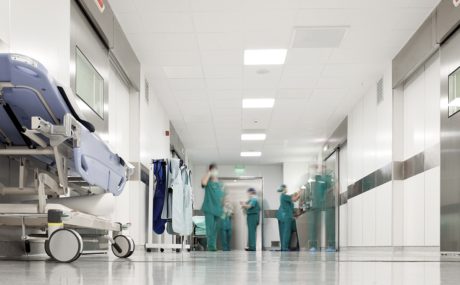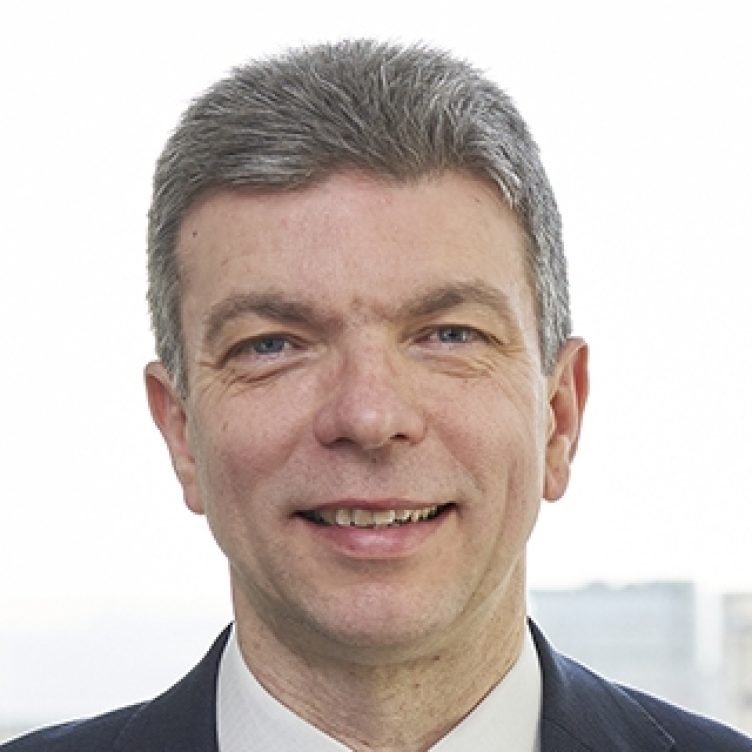The claimant (C) was 21 years old when he was injured. He grew up in Leeds as one of the younger children in a family of nine siblings. He did well at school and enjoyed many sports and outdoor activities. He had graduated in the summer of 2010 with a 2.i, in Economics from Liverpool University.
C had been offered a short term commission for four years as an officer in the Yorkshire Regiment. His career plan after his army years was to work in finance in the City of London.
Several of his siblings and close friends were London-based. Before starting in the army, he had begun temporary work on a clothing concession at the Selfridges department store in London to earn some ready cash. At the time, he was staying with his eldest brother and his wife (using their spare bedroom) at their home in north London.
In September 2010, C developed gastroenteritis with vomiting and diarrhoea. He was very weak and disorientated after being unwell and up all night.
The next morning, C’s brother gave him a lift in his car and dropped him off at the NHS walk-in centre at Canary Wharf. The doctor there thought C had an inner ear infection and sent him home.
C remained very unwell and his brother got so concerned that he took him by car to A&E at the nearest hospital in north London, arriving at 3am on 23 September. By this time C’s illness had become much worse. In fact, he had a rare and serious form of meningitis (swelling of the lining of the brain caused by infection).
A CT scan of the brain revealed some raised pressure inside C’s head (from the swelling) and an unusual anatomical feature which doctors know makes it unwise to carry out the usual test to draw a sample of spinal fluid out, to check for infections. It’s unwise because it risks the base of the brain structures descending under pressure into the narrow junction at the top of the spinal cord. This can cause sudden collapse and sometimes lead to death.
The test is known as a “lumbar puncture”. It was performed despite the radiologist saying that a more sensitive scan (an MRI scan) was needed to work out what to do next.
Other problems also arose: intravenous antibiotics were delayed; assessment by doctors on the ward reached inaccurate conclusions and, although he seemed stable, C was becoming more unwell.
Two days later, C collapsed in hospital when his mother and a nurse tried to assist him to stand up from his bed to walk a short distance to the bathroom. His lower brain descended under pressure, compressing the upper spinal cord. He was resuscitated but has been left tetraplegic.
Frank Pinch, a partner in the Clinical Negligence team in our Leeds office, was appointed to act for C. C’s primary case was that a lumbar puncture should not have been done. Instead, a special kind of drain should have been inserted to get a spinal fluid sample and reduce the pressure building up inside his brain. This drain would also have avoided the collapse.
We also presented several secondary arguments, because it was extremely difficult to establish a case based on the main argument alone. These included that on the day of collapse C should have remained lying flat. This would have avoided pressure in his head, forcing the lower brain downwards and triggering the collapse. Also, that on collapsing staff did not respond fast enough and delayed resuscitation, causing a damaging build-up of carbon dioxide in the bloodstream.
C’s life was shattered. He faced a lifetime of severe disability, never walking again and relying on carers for all activities each day that uninjured people take for granted. He spent weeks in a specialist hospital in central London, before being transferred to Yorkshire to a spinal rehabilitation unit. Eventually, over a year later, C was able to come out of hospital but had to return to his parents home in Leeds, leaving his dream of living and working in London behind.
C remains significantly and permanently disabled. He has a motor and sensory incomplete spinal cord injury and his mental abilities are less than they were.
The opponent’s lawyers made no concessions at all and fought the defence tooth and nail.
This case, medically, was one of the most complex that Stewarts has handled. Thirteen liability experts were involved on both sides. All the arguments were intricate and C was supported by seven eminent experts. Despite this, the risk of losing and getting nothing persisted until negotiations in December 2015 when a 60% settlement was reached after the exchange of complex experts reports.
At a settlement meeting in September 2017, the parties agreed a settlement that would enable C to afford the necessary equipment and care regime for his present and future needs.
C has also been able to enjoy holidays, such as travelling to France in an adapted motorhome in the summer of 2017. In addition, he has put a lot of time into trialling walking devices (exoskeletons) and spent periods of time at a specialised rehabilitation facility in California.
Testimonial from C:
“I was always impressed with the thorough and professional approach that the whole team at Stewarts took. It was of a very high standard.
“I felt Stewarts approached my case thoroughly and the experience that they could draw upon helped give the best advice.
“Stewarts is a firm that is able to leverage its breadth of knowledge for the benefit of its clients.”
You can find further information regarding our expertise, experience and team on our Clinical Negligence pages.
If you require assistance from our team, please contact us or request a call back from one of our lawyers by submitting this form.
We have teamed up with other clients who have suffered catastrophic injuries to also tell their stories. Please visit the Life Beyond Injury webpage to see their stories.
We hope that by sharing these stories, newly injured people can see that with the right support they too can overcome adversity to lead full and active lives.
Please feel free to share our films. You can join in the conversation and share your stories of overcoming adversity to lead a fulfilling life beyond injury:
On Twitter, using the hashtag #lifebeyondinjury.
Or on Facebook, using the same #lifebeyondinjury hashtag.
Media contact: Lydia Buckingham, Senior Marketing Executive, +44 (0) 20 7822 8134, lbuckingham@stewartslaw.com




